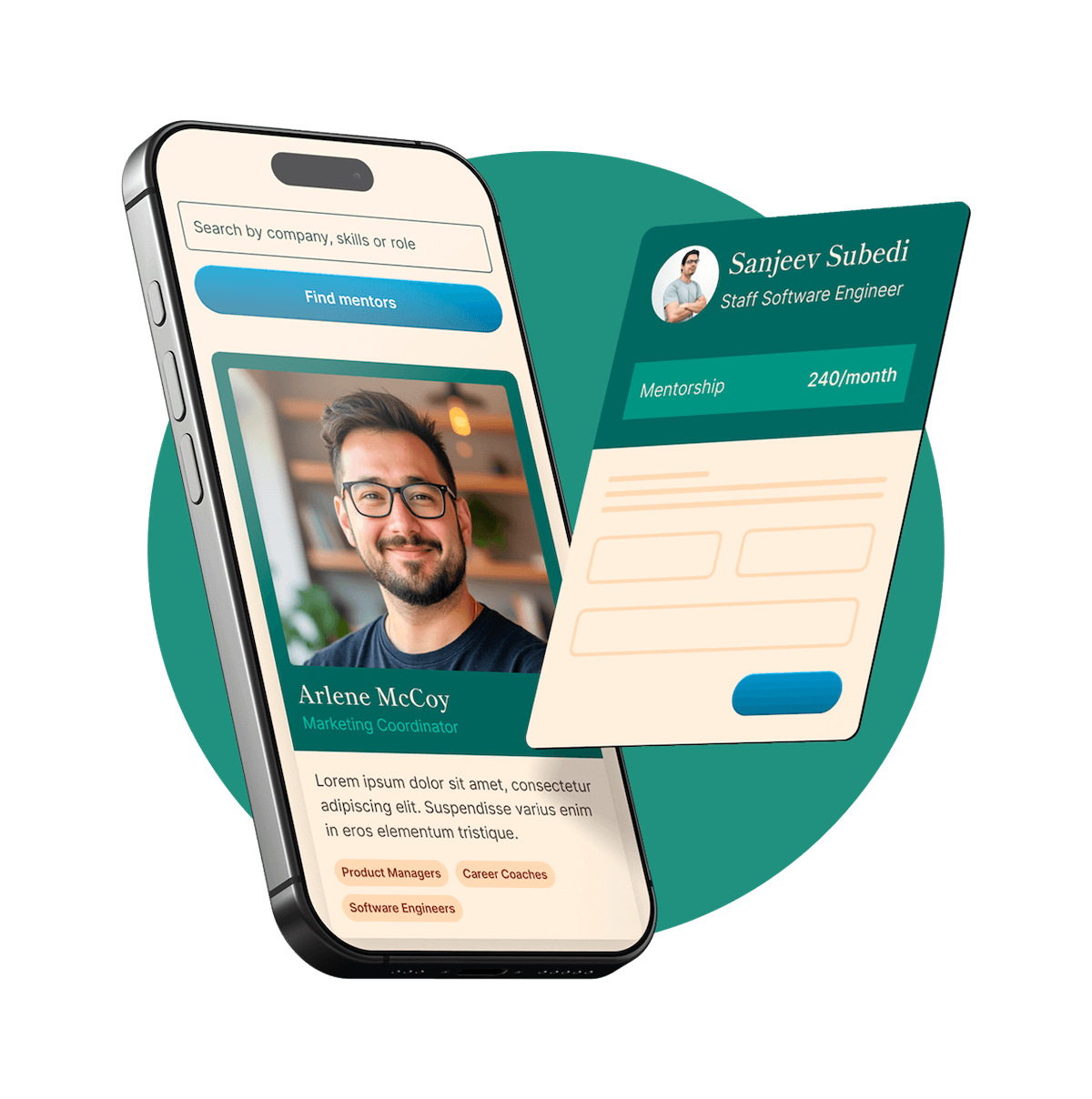Best Website Development Ideas for Launching a Brand on Shopify
Launching a brand on Shopify? Let’s make it clean, simple, and ready to crush. Shopify is one of the most powerful and user-friendly eCommerce platforms out there, and it gives entrepreneurs everything they need to start selling online fast. Whether you’re starting from scratch or migrating an existing brand, the key to success is building a site that doesn’t just look good—but converts visitors into loyal customers. Here's a deep dive into the best website development ideas to make sure your launch hits the ground running.
1. Pick the Right Shopify Theme
Your theme sets the tone for your entire brand experience. You don’t need anything super complicated—just something fast, mobile-friendly, and easy to customize. Go for clean layouts, strong typography, and responsive design. Shopify has great free options, but don’t be afraid to invest in a premium theme if it saves you time and effort down the road.
Pro Tip: Stick to themes designed with eCommerce in mind. Look for features like product quick views, dynamic filters, and built-in upsell sections. Also, explore themes with built-in support for video banners or animation if your brand thrives on storytelling and high engagement visuals.
2. Build a Killer Homepage
Think of your homepage like the storefront window of a high-end retail shop—it needs to grab attention instantly. Use bold visuals, high-quality product photography, and messaging that’s short, sharp, and clear.
What to include:
- A hero section with a strong call to action
- Featured products or bestsellers
- An intro to your brand story
- Testimonials or social proof
- A clean, intuitive navigation bar
Make sure it’s scrollable and mobile-friendly. You want people to keep browsing and clicking. Try integrating dynamic content like customer photos, product GIFs, or a mini blog feed to keep things fresh and engaging.
3. Optimize Your Product Pages
Your product pages are where the decision happens. They need to load fast, look amazing, and answer every question your customer might have.
What to focus on:
- High-res images (add zoom and 360-degree if possible)
- Compelling descriptions that are benefits-focused
- Trust signals like reviews, badges, and guarantees
- Clear pricing and delivery info
- Strong CTAs like “Buy Now” or “Add to Cart”
Go even further by adding product videos, usage demos, or a FAQ dropdown directly on the page. This reduces friction and builds trust, especially for first-time buyers.
4. Simplify Your Checkout Flow
Cart abandonment is real. A long or clunky checkout process will kill conversions. Use Shopify’s built-in tools to streamline everything. Offer guest checkout, accept all major payment types, and display shipping costs up front.
If possible, add Apple Pay, Google Pay, and Shop Pay for faster mobile transactions. Consider showing a progress bar or reducing checkout to one page—it reduces drop-off significantly. Little touches like auto-filled shipping details or predictive address fields go a long way.
5. Nail Your SEO from Day One
Good SEO = free traffic. Shopify lets you customize page titles, meta descriptions, and image alt tags. Use this to your advantage.
- Do keyword research for your niche
- Add rich product descriptions
- Use descriptive URLs (e.g., /red-leather-handbag vs /product123)
- Link internally to other products and blog posts
Also, don’t forget to submit your sitemap to Google Search Console. Set up your Google Analytics and Google Search Console accounts early—these tools help you see how people find and interact with your store.
6. Use the Right Apps (But Don’t Overdo It)
Shopify’s app store is loaded with amazing tools. Use them to extend your site’s functionality—but don’t go overboard. Too many apps can slow your site down.
Here are a few categories to explore:
- Email marketing (Klaviyo, Omnisend)
- Upsell tools (ReConvert, Rebuy)
- Inventory and order management (Stocky, ShipStation)
- Customer service (Tidio, Gorgias)
- Analytics and heatmaps (Lucky Orange, Hotjar)
Only install what you actually need to improve the customer journey. And remember to test new apps before committing—many offer free trials.
7. Branding Is Everything
You want a store that feels like your brand. Keep things consistent—from your logo and color palette to your tone of voice and packaging. Your Shopify site should match your Instagram feed, your emails, and your ads.
Also, tell your story. People buy from people. Use your About page and product descriptions to build a connection with your audience. You don’t have to write a novel—just be real. Share why you started your brand, what you believe in, and how your product makes life better for your customers.
8. Don’t Forget the Blog
Content drives traffic. A blog is a great way to bring in organic visitors, educate customers, and build authority in your niche.
Blog ideas:
- Product tutorials or how-tos
- Customer stories
- Industry trends
- Behind-the-scenes looks at your business
Post consistently—even once or twice a month makes a difference. And always include a CTA in your posts—whether that’s to shop, subscribe, or follow you on social.
9. Add Social Proof Everywhere
People trust people. Add product reviews, user-generated content, and testimonials throughout your site.
- Use apps like Okendo or Yotpo to collect reviews with photos
- Feature customer Instagram posts using your product
- Highlight press mentions or influencer shoutouts
You can also create a dedicated “Happy Customers” or “Real Results” page. This gives your visitors a single place to browse all the love your brand is getting.
10. Mobile First, Always
Over 70% of eCommerce traffic comes from mobile devices. Your store has to perform on phones just as well as it does on desktop.
- Check button sizes and font readability
- Make sure images don’t slow down the load speed
- Test the checkout flow on mobile
Also consider mobile-specific design tweaks like sticky navigation bars, collapsible menus, and floating action buttons. These small touches can drastically improve the user experience.
Final Thoughts
Shopify gives you everything you need to launch a brand—but how you build your website is what separates the good stores from the great ones. Keep it simple, clear, and focused on the customer. A solid theme, optimized product pages, smooth checkout, and a strong brand story will go a long way.
Don’t worry about launching with every feature fully polished. Get your MVP (minimum viable product) site live, then keep optimizing it. Listen to your customers, watch how they interact with your site, and always be willing to improve.
Every decision—from your homepage design to your checkout experience—should move people closer to making a purchase. Focus on clarity, speed, and trust.
Now get out there and build something incredible. Your brand deserves it—and your customers are waiting.







